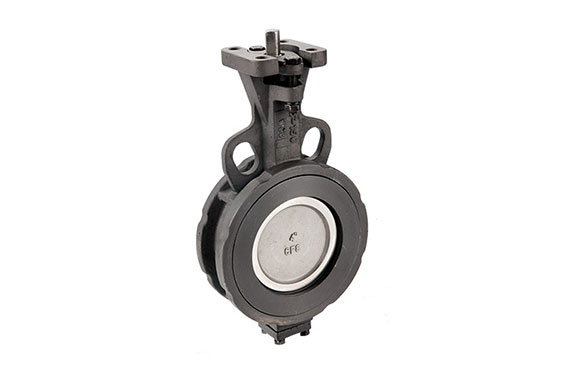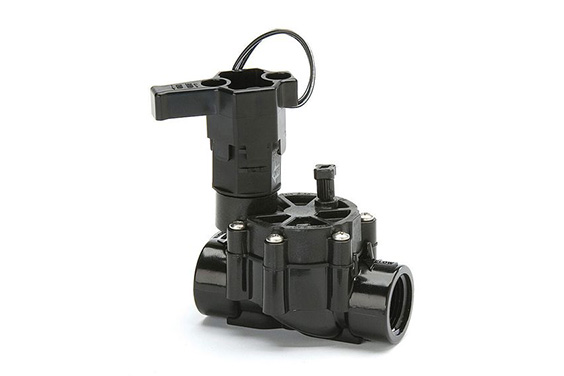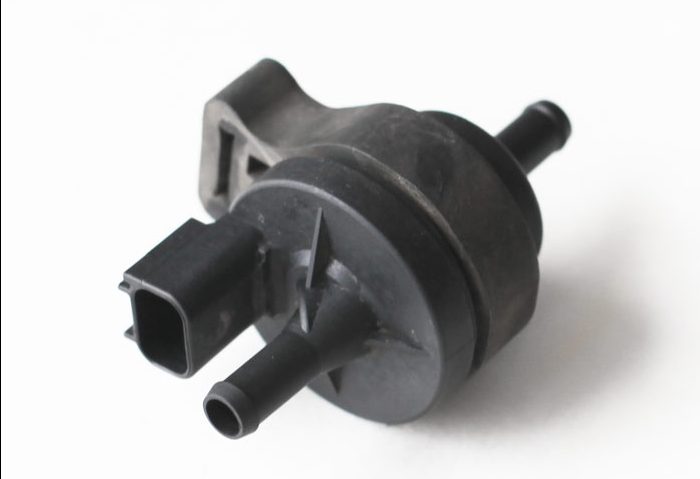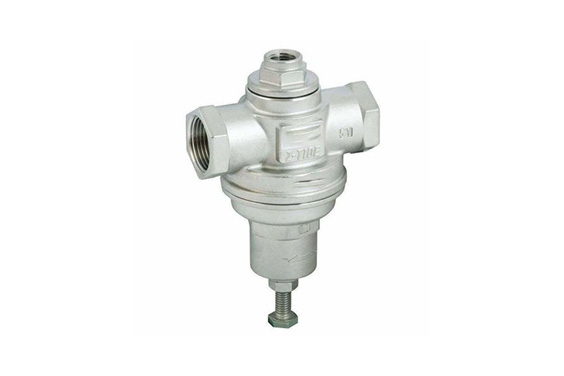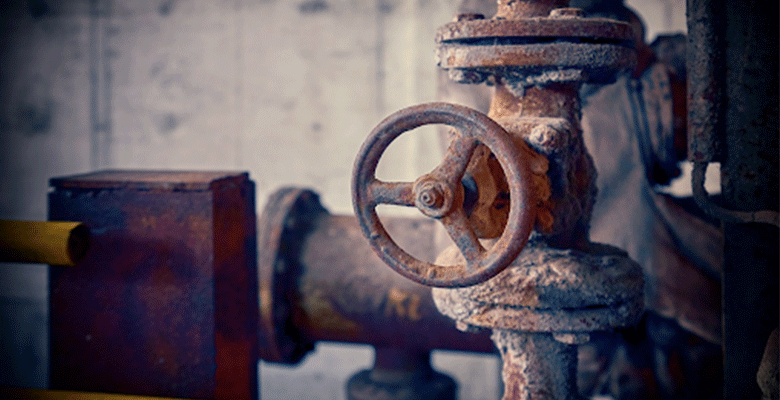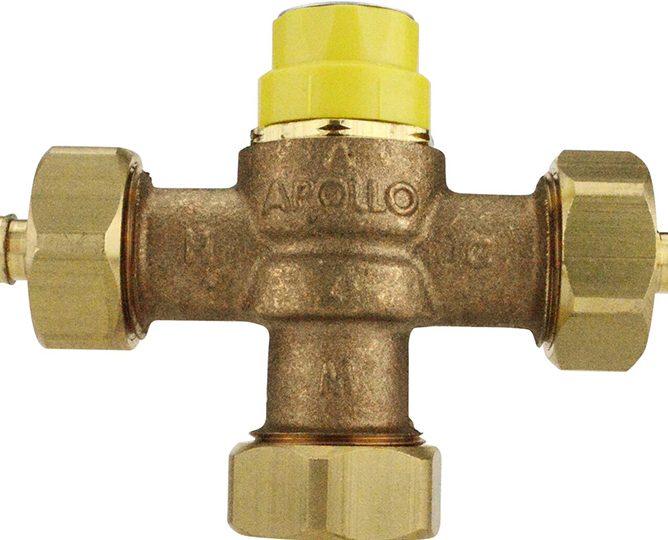Source: https://www.pinterest.com/pin/400257485609315556/
Safety valves are thought to be a last-ditch safety measure. They can be found in power plants, petrochemical plants, boilers, and a variety of other places. Safety valves are fail-safe mechanisms that spontaneously stop overpressure from rising above a set point. When the setpoint is attained, the safety valve fully opens until the setpoint is achieved again.
Safety valves are used to keep pressure from rising too high, causing malfunctions, fires, or explosions. Because safety valves have no electrical or pneumatic components, they are employed when electronic or pneumatic safety mechanisms fail. The system’s media fully actuates as a safety valve, maintaining it operational in the event of a power outage.
Keep Reading to know more about them!
Pressure Safety Valve
Source: https://www.pinterest.com/pin/654570127087800378/
To safeguard the system from overpressure, a safety valve is used. When the pressure surpasses the Maximum permitted Working Pressure or the pressure for which the system was built, overpressure develops. When opposed to relief valves, safety valves can open quite quickly. A safety valve opens from a predetermined pressure; the valve opens slowly at first, then fully to eliminate the undesirable pressure from the system as rapidly as feasible.
A pressure relief valve with a quick opening or pop action that is triggered by intake static pressure.
Compressible gases, particularly steam and air, are the most common applications for safety valves. They can, meanwhile, be employed in the process uses to safeguard the plant or avoid product deterioration.
How do they Work?
Source: https://www.pinterest.com/pin/820429257115178971/
To safeguard the system from overpressure, a safety valve is applied. When the pressure surpasses the Maximum Allowable Working Pressure or the pressure for which the system was built, overpressure develops. When opposed to relief valves, safety valves can open quite quickly. A safety valve opens from a predetermined pressure; the valve opens slowly at first, then fully to remove the undesirable pressure from the system as rapidly as feasible.
Safety valves are used to keep pressure from rising too high, causing malfunctions, fires, or explosions. Because safety valves have no electrical or pneumatic components, they are employed when electronic or pneumatic safety mechanisms fail. The system’s media fully actuates as a safety valve, maintaining it operational in the event of a power outage.
Types of Safety Valves
Source: https://www.pinterest.com/pin/702209766902093162/
There are three types of safety valves: spring-loaded safety valves, equitable bellows safety valves, and pilot-operated safety valves. In a certain context, each type offers an advantage.
- Spring Mechanism
Source: https://www.pinterest.com/pin/786018941208071152/
This is the most popular type of safety valve, sometimes known as direct-acting safety valves since it is merely held sealed by a spring. This type has the advantage of being accessible in pressure ranges ranging from 1 to 1400 bar. A nozzle, a spring, and a poppet valve make up the system.
The equilibrium between the spring force and the input force determines whether a safety valve opens or closes. To put it another way, the medium’s force on the poppet valve.
2. Balanced Bellows
Source: https://www.pinterest.com/pin/501236633547829694/
Backpressure can be a problem with spring-loaded safety valves. Special versions with metal bellows have been created specifically for this purpose. The bellows guarantee that back pressure is applied to an equally big surface at the top and bottom of the poppet valve. As a result, the backpressure has no effect on the valve’s functionality.
Additionally, in this design, the spring mechanism is always isolated from the media, ensuring that the spring force is not influenced in any way. The spring is also an outlet to the atmosphere in the space where it is housed.
3. Pilot Operated Safety Valve
Source: https://www.pinterest.com/pin/373939575317376097/
The pilot-operated safety valve is the third category of safety valve. The inlet pressure holds the poppet valve on the nozzle in this configuration. The primary poppet valve is forced closer onto the nozzle as the operating pressure rises.
Pressure Relief Valve
Source: https://www.pinterest.com/pin/400609329360769361/
A complication In the event of an overpressure incident, a relief valve safeguards a pressured vessel or systems from excessive applied stress.
Any occurrence that causes pressure in a vessel or system to rise over the stipulated design pressure or the maximum permitted working pressure is referred to as an overpressure event.
How Does it Work?
Source: https://www.pinterest.com/pin/660973682806884775/
The objective of a relief valve is to provide an unobstructed channel to tank for an overly pressurized fluid in order to reduce work port pressure. As fluid pressure rises, force is given to the bottom of the spool or poppet, similar to what happens to a cylinder’s piston. The relief valve opens slowly initially, allowing only a small amount of fluid to escape in order to sustain pressure downwind.
If downstream pressure rises, the force on the poppet or spool rises with it, pushing it further in opposition to the spring till spring force is met by hydraulic force.
The conjunction of load pressure, backpressure, and the energy needed to flow thru the valve cause pressure to rise in relief valves. When the initial fluid force exceeds the seated force of the spring, cracking pressure occurs.
The degree of pressure rise is stable as the valve flows additional fluid to the tank because the pressured fluid forces offset the spring’s abridgement rate. As the valve bottoms out and is susceptible to flow forces, pressure rises again as it approaches fully open.
Types of Pressure Relief Valves
Source: https://www.pinterest.com/pin/742812532294551292/
Conventional Spring Loaded
The bonnet, spring, and guide are all exposed to the released fluids in a traditional spring-loaded valve. Backpressure from the relief system lowers the set pressure if the bonnet is ventilated to the atmosphere. Relief-system backpressure raises the set pressure if the bonnet is vented interior to the vent. In corrosion-resistant applications when backpressure is less than 10% of the setpoint, the traditional spring-loaded valve is employed.
- Balanced Spring-Loaded
The stabilized spring-loaded valve has a mechanism that protects the bonnet, spring, and guide from the discharged fluids while also reducing backpressure. The disk area revealed to backpressure is entirely equivalent to the disk area ventilated to the atmosphere. These valves provide variable backpressure and can be used in abrasive or unclean environments.
- Pilot Operated
An auxiliary pressure pilot is connected with the pilot-operated valve and controls it. The procedure pressure thru an aperture aids the tolerance force on the piston in the main valve. As the operating pressure approaches the setpoint, the net seating force on the piston grows.
Difference Between a Safety Valve and Relief Valve
Source: https://unsplash.com/photos/IodEFAUXMRw
Both safety valves and relief valves serve the same general objective. Both are pressure relief valves, and their purpose is to release pressure when a system becomes overly pressured. However, relief and safety valves work in somewhat different ways:
- Relief Valve: These are used to regulate pressure in a system, and are most commonly seen in fluid or pressurized air systems. The opening of these valves is proportional to the rise in system pressure. When the system is somewhat overpressured, they do not even fly all the way open. Rather, they gradually open, enabling the system to restore to its original pressure setting. The valve closes once that threshold is achieved.
- Valve Safety: Safety Valves are utilized for one reason: to keep people safe. They’re not created to manage pressure in a system; instead, they’re designed to release pressure quickly in the event of a crisis or system breakdown. Safety valves, unlike relief valves, open promptly and wholly to prevent a tragedy instead of controlling a system’s pressure.
To make things much easier for you, well, look at ten differences that distinguish both valves, which include:
- Purpose
Source: https://unsplash.com/photos/IM0GHpsjJic
The first distinction between the two is their intended use. A relief valve prevents overpressure by keeping the pressure in a system within preset limits. Relief valves are used to protect equipment from harm caused by excessive pressure. The objective of safety valves is to ensure that they do not fail. Their primary goal is to safeguard property, the environment, and, most importantly, people.
- Operation
Source: https://unsplash.com/photos/SLIFI67jv5k
The second distinction is in how they work. The opening of relief valves is proportionate to the increase in pressure once the setpoint is reached. The valve closes in a progressive manner as well. When the setpoint is achieved, the safety valves will automatically open. Its purpose is to quickly alleviate the system of dangerous overpressure. For fluids such as oil or water, relief valves are widely utilized. For compressible gases like air or steam, safety valves are routinely utilized.
- Setpoint
Source: https://unsplash.com/photos/MAgPyHRO0AA
The setpoint is the third major distinction. To begin, keep in mind that the setpoint is not to be confounded with the set pressure. The pressure at which the valve begins to open is known as the setpoint (response pressure). The setpoint is normally set above the operating pressure level and underneath overpressure situations. Safety valves open a tiny amount prior to the setpoint being achieved and then close at the setpoint or at a predetermined value after the setpoint is attained. Only when the setpoint is reached do relief valves begin to open.
Conclusion
Both pressure safety and relief valves are essential to the functioning of both public and private sectors operations. That is why at SIO, we are driven to deliver nothing short of exceptional when it comes to the quality of the valves. Contact us for more information. All the Best!

